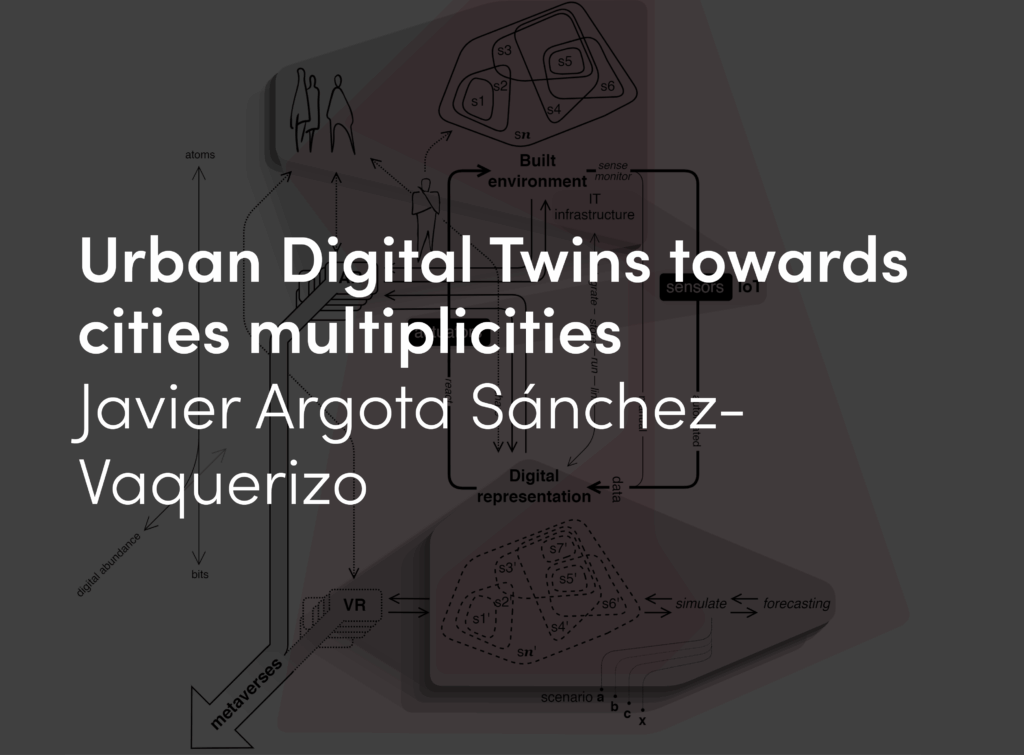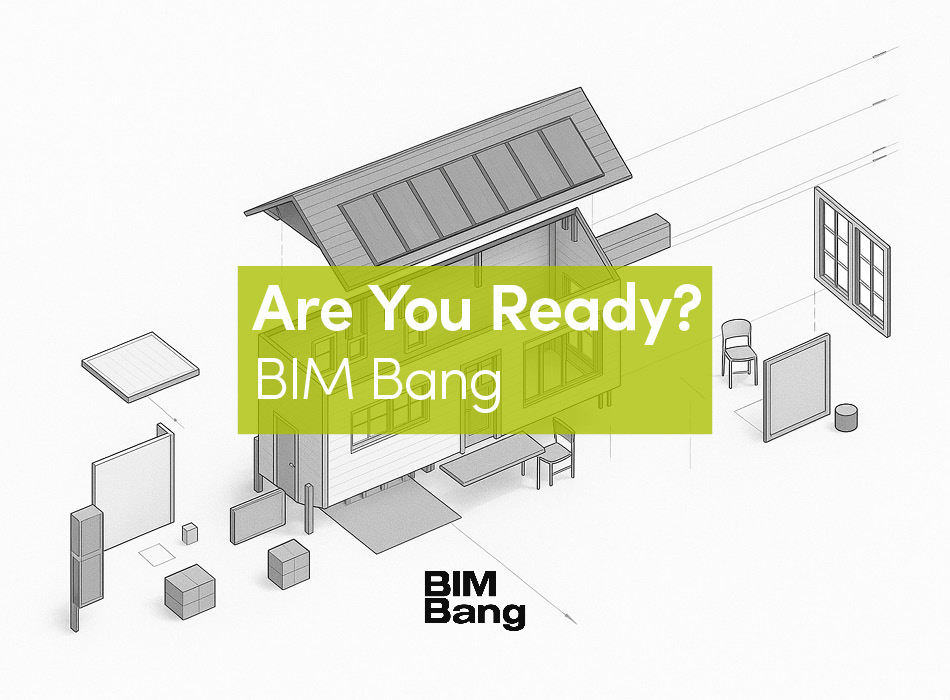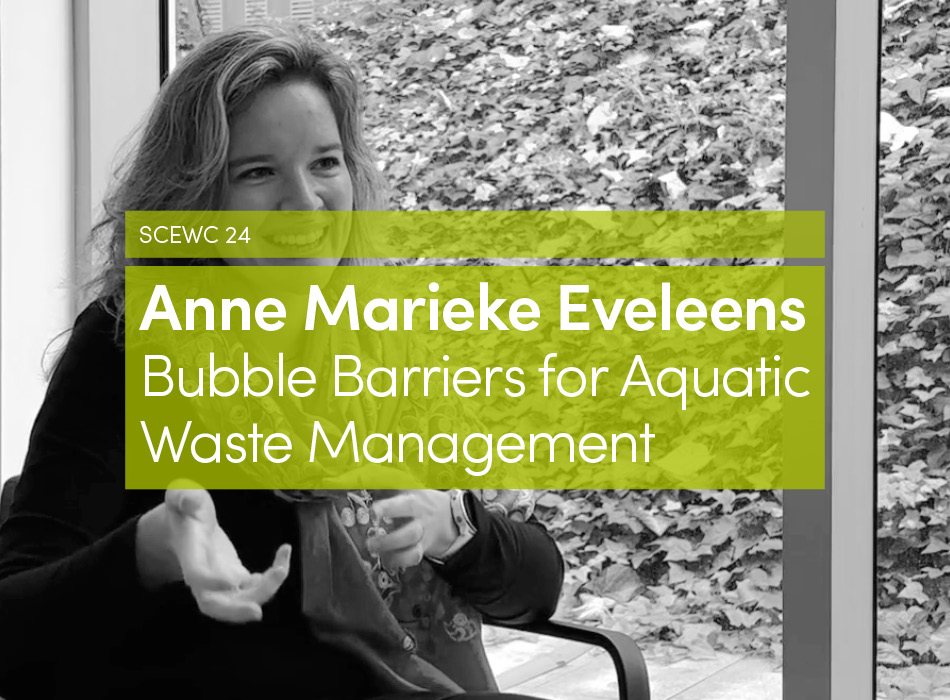Jean Luc Godard’s Alphaville was perhaps the first film about a smart city: a city where are all infrastructure is controlled by a central computer according to principles of reason and efficiency. That is until the cartoon detective Lemmy Caution takes it down. Even when Alphaville was released in 1965, the idea of the city as an intelligent machine was not new, it was already a familiar science fiction trope. One could, however, object that although the city of Alphaville is intelligent (after all, it engages in a philosophical dialogue with Lemmy), it is not very smart. Smartness does not require human-like intelligence, it requires recognizing patterns, anticipating what needs to be done, and doing it without making a big fuss — keeping things invisible.
Jean Luc Godard initially wanted to call his film “Tarzan versus IBM.” Which is an interesting coincidence because IBM has been the main driving force during the past 5 years behind the “smart city” solution, focused the idea of making the city more efficient by sensing, analyzing and managing all infrastructure services — water, electricity, mobility, invisible to the user. Now in 2015, this comprehensive approach to the smart city is pretty much a closed chapter. The “Smart City” is dead. I don’t say this as a provocation or because I don’t believe in it, but because apparently even IBM has given up on this project; perhaps having realized that cash-strapped cities are not the ideal customers for them.
The messiness of urban infrastructure with its historical legacies, institutional idiosyncrasies, the brittleness of sensor networks in the harsh outdoor environment, or the contractual constraints of public employees, and most importantly, the failed anticipation of a large federal infrastructure initiative after the 2008 recession: all these factors make the Smart City an unattractive. Instead, IT companies such as IBM focus on what they can do best and what is more profitable: offering analytic services for the huge amounts of data that cities already have, instead of directly dealing with the complexities of the cities’ physical hardware and organizational structures.
There is no shortage of criticisms of the Smart City [1], from privacy concerns, to gloating over the fact that even a waste bin can nowadays experience a computer crash. Today, the smart city clearly has a reputation problem. In the light of such ridicule, one has to ask: is trying to improve infrastructure and make it more efficient really such a bad thing?
The criticisms can be summarized in two points. The first criticism is the observation that the Smart City concept is unduly reductive. In its techno-centric approach, the Smart City resembles 1960s model of the cybernetic city, which failed to account for the complexities of the actual society. An often-cited example in this context is the failure of New York’s fire response system reorganization in the 1970s, based on a simulation model by the Rand Corporation. The project ended with an unprecedented series of fires in the poorer neighborhoods of the city, because the model did not consider the political power structures that ultimately determined the distribution of fire stations [2]. The cybernetic legacy of the Smart City is often illustrated with the aesthetics of “total control” signaled by the IBM Intelligent Operations Center in Rio de Janeiro, bringing live data streams from citywide systems into a single control room equipped with large wall displays. However, such criticisms can also be reductive. The main advantage of the Operations Center is not a capacity for total surveillance, but the simple fact that it brings city employees from different departments together in the same room, as an IBM engineer from Rio de Janeiro noted. Even the Rand Fire Project for New York was path breaking despite its initial failure and influential for contemporary emergency response systems [3].
The second criticism is not about shortcomings of the Smart City, but about lost opportunities. The argument goes as this: why should we attach sensors to every light pole, when each citizen already owns an array of intricate sensors? I am not referring to sensors in smartphones and gadgets, but to the eyes, ears, and the local knowledge of each individual, for which the smartphone is just a conduit. This argument has gained traction during the recent years. Initiatives such as Code for America and its various global spin-offs [4] connect young coders with city departments where they collaborate on the nuts-and-bolts of participatory governance. The notion of government as a platform [5] recasts urban governance as an informal and problem-focused collaboration between the city and citizens. The supporters of Civic Technologies emphasize the advantages of this arrangement for both constituents and institutions. For the city, citizens make the city legible by contributing data about the urban environment, create new services that make use of these public data, and directly participate in solving problems. The constituents, on the other hand, gain direct influence in governance decisions and benefit from a more responsive city. In summary, civic technologies are hoped to introduce a new appreciation for the public good. This is the alternative proposed — the smart citizen.
What will the aspirations of civic tech mean for the future of the city, its physical appearance, and its governance? It could mean that cities gain more freedom to experiment. Since all their interactions with citizens become open data, the public will judge the decisions of officials based on their outcomes, not by whether they strictly followed administrative guidelines [6]. In everyday urban environments, this freedom would mean less standardization, more informality, improvisation, and creative hacking — a motley utopia of “popup anything” — hackspaces, fablabs, knitbombed potholes.
But it should also be mentioned that the shift from process-oriented to outcome-oriented accountability is rooted in the 1980s doctrine of New Public Management (NPM) and Margaret Thatcher’s ideas for reforming government. NPM introduced business management practices into public administration, modeling the relationship between citizen and city as the relationship between customer and company. The ambition of civic technologies to involve private citizens in solving urban problems and enlist them as stewards of their own neighborhood can also entail a push towards individualization of responsibility and the privatization of public services. Prime Minister David Cameron’s policy initiative of the “Big Society,” publicly showcased during the 2012 London Olympics, embraced local activism, volunteerism, and private initiatives, while at the same time cutting back funds for public services.
Civic hackers and neoliberal reformers make strange bedfellows. This can be illustrated by emerging concepts of decentralized algorithmic governance using Bitcoin technology, which is in a sense also a civic, commons-oriented technology. In 2013, developer Mike Hearn presented his vision for the future of infrastructure, governed by a hypothetical, block-chain operated and distributed entity he called TradeNet:
“In this future scenario, the roads on which Jen is driving will have also become autonomous actors, doing trades with the car on TradeNet. They can submit bids to the car about how much they are going to charge to use them. If she is in a hurry, Jen can choose a road that is a bit more expensive but which will allow her to get into the city faster. Awesome, right [7]?”
While civic technologies emphasize ideas of the public good and infrastructure as a commons, TradeNet completely abandons the idea of public infrastructure. In a scenario, where even minuscule consumptions of infrastructure services can be measured and billed, infrastructure becomes an entirely private good. In the face of these seemingly contradictions, one has to ask: what is the politics of civic technologies, are they neo-liberal or neo-weberian, service-oriented or activist? I argue that the answer to this question depends on what is entailed by the elusive term “participation.”
What do we mean when we talk about participation?
Participation is almost universally accepted as a positive value, so much that Sherry Arnstein commented somewhat sarcastically in 1969, “the idea of citizen participation is a little like eating spinach: no one is against it in principle because it is good for you[8].” But only, as she argues, until participation is understood as a re-distribution of power and control, in which case enthusiasm quickly vanes. To disambiguate the different meanings of the term, Arnstein introduced her famous “ladder of citizen participation” as a conceptual continuum of different levels of control bestowed upon the participants — from pseudo-participation as an empty ritual on the one end, to complete citizen-control on the other. We can apply a similar lens — a ladder of participation in civic technologies — to differentiate the modes of participation of the “smart citizen.”
Often, participation is not much more than compliance. This is the case for contemporary forms of behavior engineering under the terms “gamification” or “nudging”: using game mechanics to motivate and reward people for behaviors that are, like eating spinach, considered good for us: taking the bike instead of a car, recycling, and generally being a nice citizen. Here, participation is about succeeding at the rules, not questioning the rules. What does it mean if an Aluminum company releases an app for encouraging people to recycle beverage cans by rewarding them with points for recycling? It is a way of saying that it is the individual consumer who is responsible for a healthy environment, and not the beverage companies, who have designed their supply chains around disposable packaging made from problematic materials. In this sense, “saving the world one step at a time” is a great way of staying in place — maintaining the status quo [9].
A second step is participation as feedback. Citizen issue trackers, the classic civic technology app, are a good example of this category: smartphone apps that allow citizens to report problems in the environment, from potholes to graffiti, from litter to streetlight outages. Pioneered by systems for non-emergency community requests, many large cities around the world have implemented citizen-reporting apps. The value of the information collected through this means is huge, giving the city access to accurate data from street level. Noting that majority of reports are submitted by a small number of individuals, cities encourage individuals to become stewards of their own street.
But citizens are not just passive sources of information for the city, which might or might not use this information. The next step is therefore participation as monitoring. Through data collection, citizens can also create pressure on the city and to some extent challenge its authority and expertise. They become what Kuznetsov and Paulos call the “expert amateur” [10]. In the Japanese Safecast project, a collective of activists built and deployed mobile radiation monitoring units after all Geiger counters in the country were sold out following the nuclear disaster at Fukushima Daiichi. The volunteers not only documented radioactive pollution but also uncovered flaws in the official radiation measurement methodology [11].
A further step is participation as co-production: involving citizens in planning, implementing, and managing public services. The theorist of governance of commons, Eleanor Ostrom, observed that if people are involved in planning and implementing infrastructure or housing projects, they are more satisfied with service provision and have more sense of ownership. [12] The city benefits from the local knowledge of participants and can better react to their needs, the individual gains by having more influence in the design of services which they will eventually be the primary beneficiaries.
On the other end of the spectrum is participation as self-organization: systems that are entirely created and managed by their users, or “Inverse Infrastructures.”[13] Truly self-organized, or even crowd-sourced infrastructures that are sustained over a long period are rare, with Wikipedia being the obvious and overused example. The inverse infrastructures of the open source and citizen science communities show us the potential, but also the limitations of sustained participation. Some inspirational examples exist. Founded by the media artist Usman Haque, Pachube was a community platform for sharing live data feeds from sensors deployed by a community of citizen scientists and enthusiasts. In many ways, Pachube delivered what the Smart City concept promised to do, surpassing most official sensor networks in scope and completeness. Ed Borden from Pachube posted in June 2011:
“BigGov has become irrelevant in the public sector, eclipsed by someone with a supercomputer in their pocket, open source hardware and software at their fingertips, and a global community of like-minded geniuses at their beck and call: YOU. YOU are the Smart City.“
The urbanist Adam Greenfield gently objected:
“there are some things that can only be accomplished at scale — I think, particularly, of the kind of heavy infrastructural investments that underwrite robust, equal, society-wide access to connectivity. And for better or worse, governments are among the few actors capable of operating at the necessary scale to accomplish things like that; they’re certainly the only ones that are, even in principle, fully democratically accountable.”[14]
He should remain right — just a few weeks after this exchange, Pachube was sold, renamed, and turned into a closed service. Its groundbreaking idea, the enthusiasm of its community, and its short life as a community project illustrate a central dilemma of infrastructure and participation: the dilemma between the creative energy of participatory projects and the expectation of longevity, reliability, and accountability. Any concept of a future city will have to come to grips with these two opposing forces. This is not necessarily a limitation or a problem, just an indication that cities are too complex to be “fixed” by a single group, whether they are Silicon Valley entrepreneurs, Smart City engineers, civic hackers, or governmental institutions. The trade-offs of participatory governance can be generative and open up a rich space of experimentation between technology and policy, once we understand that no simple solutions exist, and that none of the involved actors can claim a neutral, objective position. The involved protocols and algorithms should not be seen merely as the technical substrate on which democratic discourse unfolds, but as an object of this discourse. Collectively defining protocols and standards is a democratic concern in the 21st century city. In this respect, the designers and coders of civic technologies find themselves in an unfamiliar role: not only as mediators of experience, but also as policy makers, who design the technical frameworks that not only facilitate, but also shape urban governance.


















